
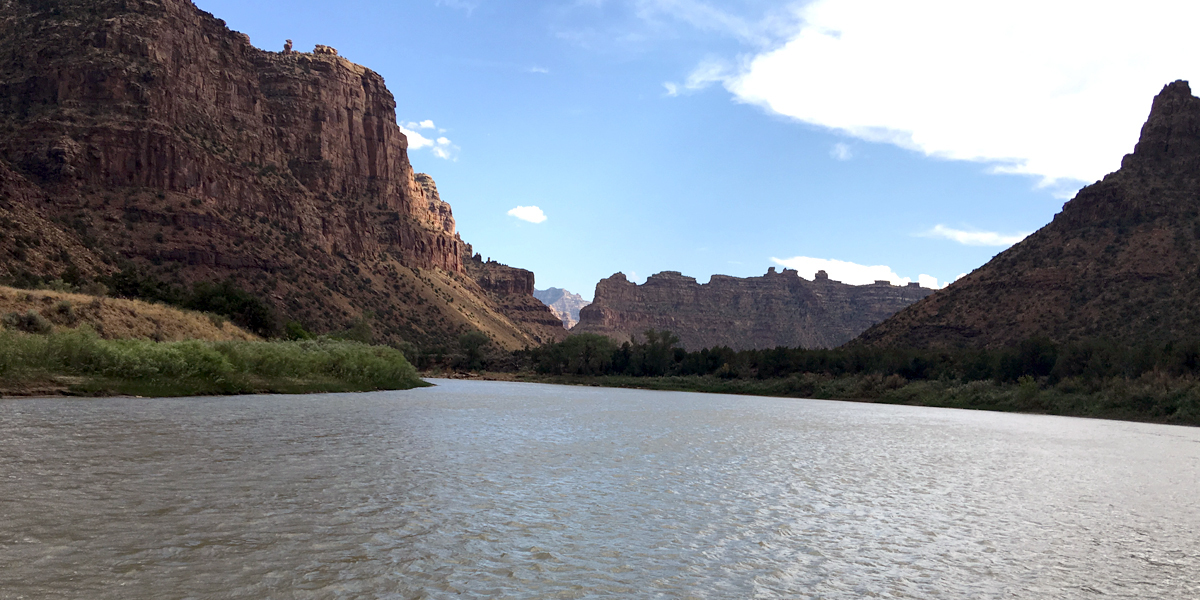
Earlier this month, my 15-year-old son, Aidan, and I joined a group of environmental activists on a six day float down Utah’s Green River. In rafts and kayaks, we paddled Desolation and Gray canyons almost to the Colorado River confluence.
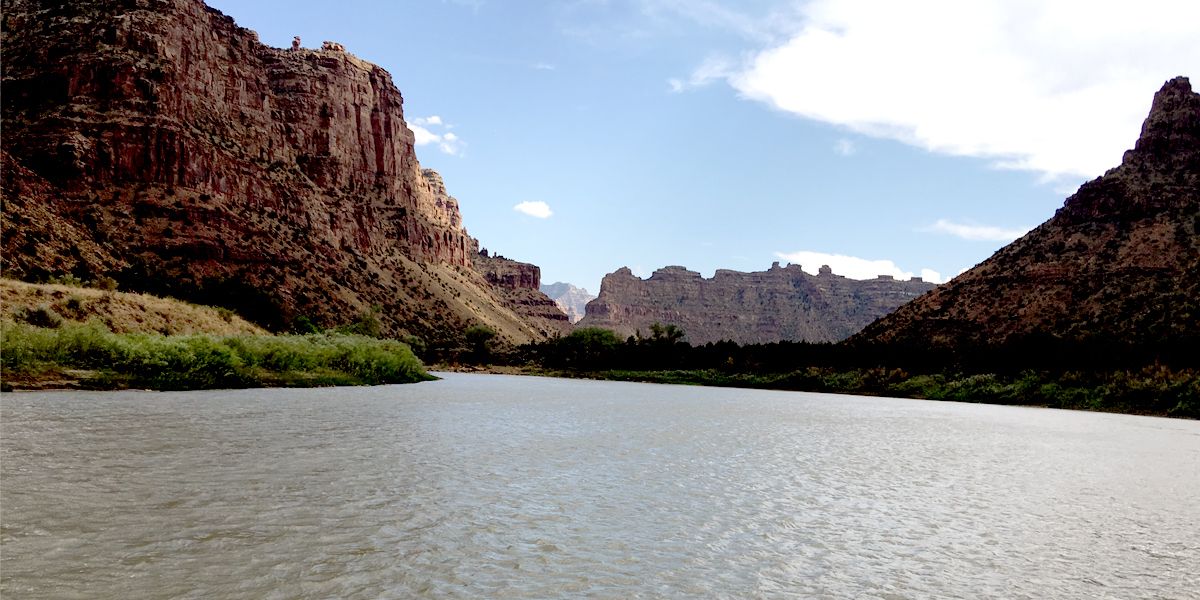
It was my second trip down the Green. In April 1966, I ran the prime white water stretches of the Yampa and Green through western Colorado and eastern Utah near Dinosaur National Park with my father and mother, U.S. Interior Secretary Stuart Udall and five of my 11 siblings. My father’s friend, mountaineer Jim Whitaker, had organized that trip. Whittaker also accompanied my family on a Colorado River trip in 1964, down the Middle Fork of the Salmon in the summer of 1965 and on a kayak run on the upper Hudson’s wild white water during a blizzard in May 1965. My father’s purpose for the latter trip was to block an industry proposal to dam the Hudson River Gorge.
On each of those western trips, my father took us to nearby Navajo, Hopi and Ute reservations where we visited schools and health clinics and saw the despair among America’s first nations mired in poverty, racism, oppression and hopelessness. My father taught us the history of the early American explorers, John Wesley Powell, John Charles Freemont, and Lewis and Clarke.
Following his brother, John Kennedy’s assassination in 1963, he increasingly found spiritual renewal in wilderness which he considered “the undiluted work of the Creator.” He saw white water as a way to struggle with nature without subduing it and he hoped that all that climbing, paddling and privation would imbue his children with the kind of beef jerky toughness he associated with the American character.
American democracy, he told us, had its roots in wilderness. He felt that outdoor adventures would connect us with those values and with the generations of Americans who lived before Columbus. He told us that these wilderness rivers and the majestic western landscapes were part of our American heritage and that good Americans of every generation would need to fight to protect them from the greed of reckless developers and the rapacious extractive industrialists who wanted to liquidate our public commons for private profit.
In 1973, five years after my father’s death, I ran the 46-mile Cataract Canyon along with my uncle, Sen. Ted Kennedy; the legendary white water guide, Dee Holladay; and Sen. Frank Moss. Moss, a close friend of my father, who had arranged for the canyon to be protected under the Wild and Scenic Rivers Act. Holladay was one of the iconic white water guides and, like his competitor and friend, the recently deceased George Wendt—and so many guides of that generation—he was an ardent river conservationist.
Holladay’s granddaughter, Lauren Wood, now heads the Green River Action Project, a Colorado Riverkeeper Affiliate which is also a licensed member of Waterkeeper Alliance—the umbrella group for some 300 river, sound and bay keepers in 34 countries. I am the organization’s president. Wood accompanied us down the Green River as a guide along with Colorado Riverkeeper (and white water guide) John Weisheit and Howard Dennis.
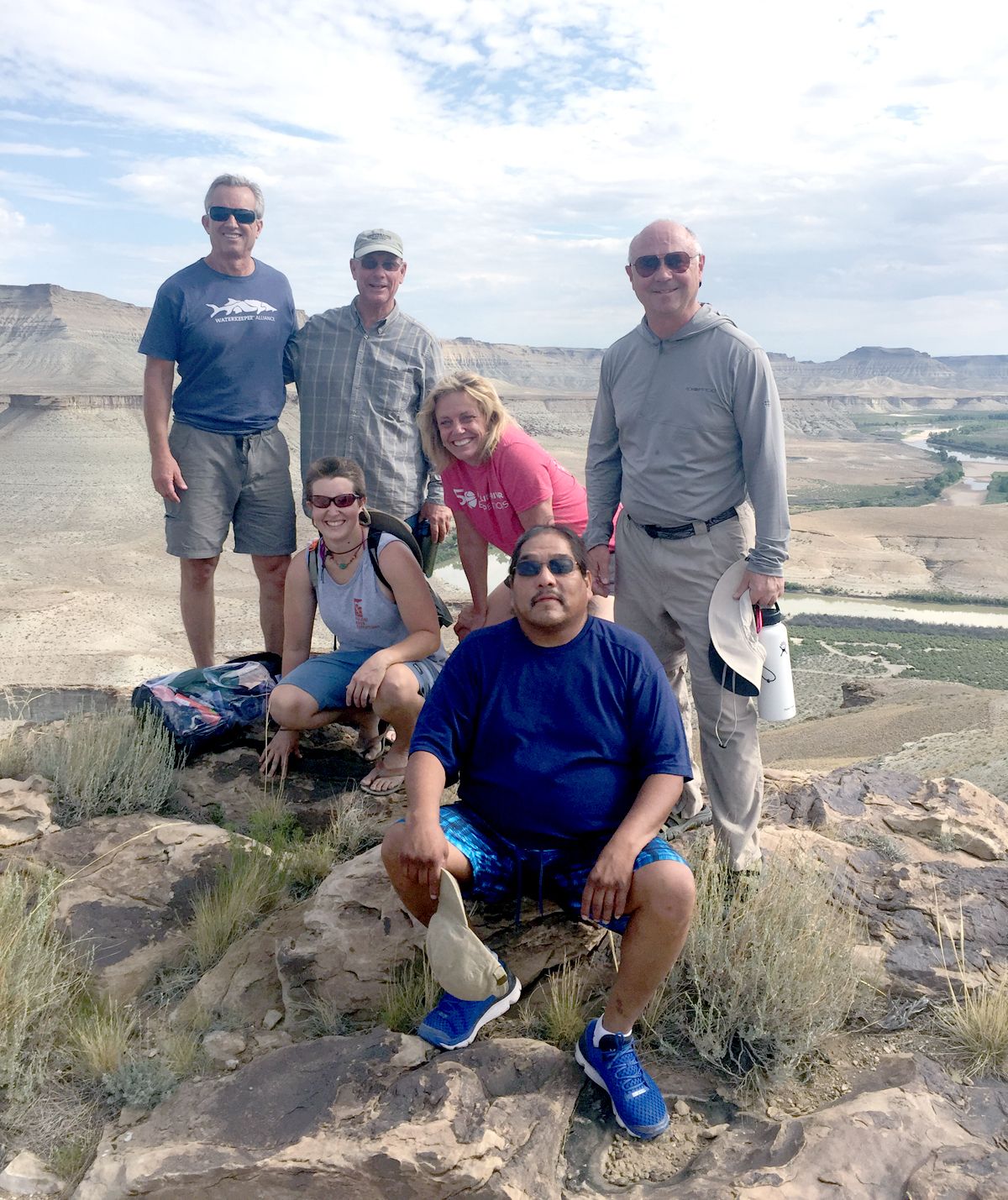
Dennis, the chief of the Squash Clan and the Grey Flute Chief of Mishongnovi Village, gave us vivid interpretations of the thousand year old Fremont Petroglyphs we saw at campsites and canyon walls throughout the trip. On each panel, Dennis pointed out the great variety of Hopi religious and mythological figures all mixed up with more banal items that Howard analogized to contemporary newspaper obituaries and local news.

During its more recent history, the canyon was a hiding place and traverse for western outlaws, including Butch Cassidy, the Sundance Kid, Joe Walker, Elzy Lay and other members of The Hole in the Wall gang and Cassidy’s Wild Bunch. Those bandits commonly traded exhausted horses for fresh mounts at the ranch of Mormon homesteader, Jim McPherson.
McPherson built his log cabins, barns, chicken houses soon after arriving in Gray Canyon in 1889. Those sturdy structures still stand at the Green’s confluence with Rock Creek. At Schoolhouse rapids, a few miles downriver from the McPherson spread, a local posse ambushed and killed bank robber, flat nose George Curry in April 1900, leaving bullet holes that are still visible on the canyon walls. McPherson and the other ranchers were sympathetic with the outlaws; the railroads, coal companies and banks they robbed were often the bane to western working people, farmers and ranchers.
We rapidly confirmed John Wesley Powell’s observation that weather in the canyon can be extreme. Violent storms interrupted otherwise hot sunny days on the river dropping sheets of rain so dense we could hardly see the bow of our boat from the stern. I kidded Forest Cuch, a Ute Elder, for digging a ditch to anchor his tent with buried tree branches one cloudy afternoon. He laughed at me a few hours later when my tent blew away like a tumble weed with Aidan and me in it being flayed by our own tent pegs.
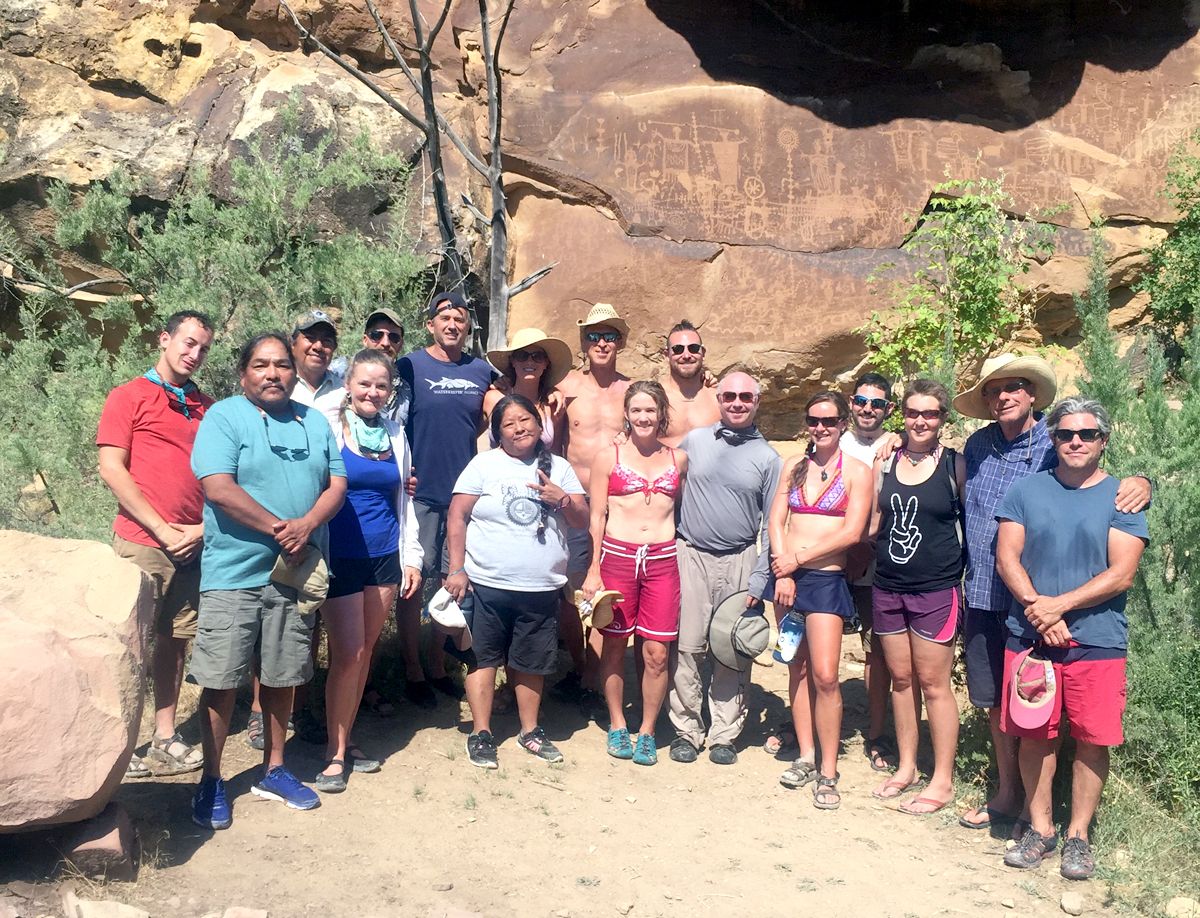
The Green cuts through the Colorado plateau in a mile deep canyon that is home to mule deer, beaver, otter, mountain goat, big horn, sheep, golden and bald eagle, peregrine falcons, all of which we saw as we floated through towering canyons of layered sedimentary rock.
On the third day, we found a dead falcon, otherwise healthy but recently drowned—probably after binding to a duck. Inquisitive big horn sheep raced down to the river banks in large herds—seemingly to greet us—as we drifted by only a few yards away. We forgot our fishing rod but Aidan and I fashioned a hook from a round metal keychain ring. Using dental floss for a line, a stone for a sinker and cheese for bait, we filled a bucket with enough feral catfish in one afternoon to feed most of the camp.
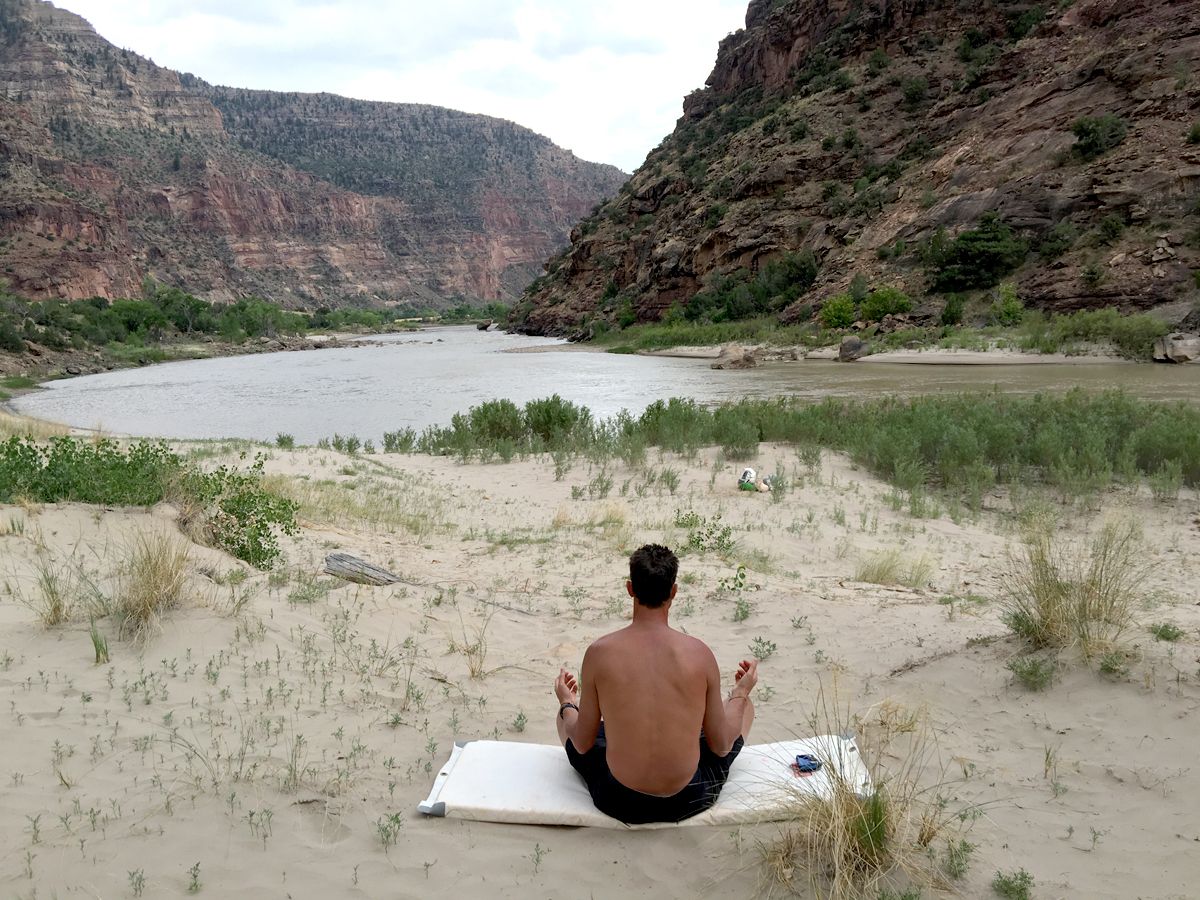
Every evening around the campfire, we heard lectures from reigning experts. Eleven time New York Times bestseller, Dr. Mark Hyman of the Cleveland Clinic, spoke brilliantly on food justice; John Weisheit told stories on the history and geology of the region; Howard Dennis spoke about the Hopi’s heartbreaking century long battle against Peabody Coal, which has enriched company shareholders with hundreds of millions of dollars by stealing Hopi resources, sickening the people and poisoning their water; and Green Riverkeeper Lauren Wood and her advocacy partner, Will Munger, taught us about the growing scourge of dirty energy development in Utah.

This Green River paradise is now threatened by a boondoggle meant to benefit a new generation of corporate villains. Utah’s carbon titans are slicing up the plateau for tar sands oil and gas fracking. “Utah’s wilderness is under siege and up for sale,” said Munger, a charming and eloquent environmental leader and activist who accompanied us on the trip.
The Green River basin boasts reserves of oil shale and tar sands (OSTS reserves) that surpass Saudi Arabia’s conventional oil deposits. On both banks of the Green River, the oil saturated ores are near enough to the surface to strip mine. In the thrall of these companies, the state of Utah is actively encouraging proliferation tar sands and oil shale development across the state. If the oil tycoons get away with their caper, the footprint will metastasize into Colorado and Wyoming with impacts to land, air, water and climate that could surpass the current tar sands mining operations in Alberta, Canada.
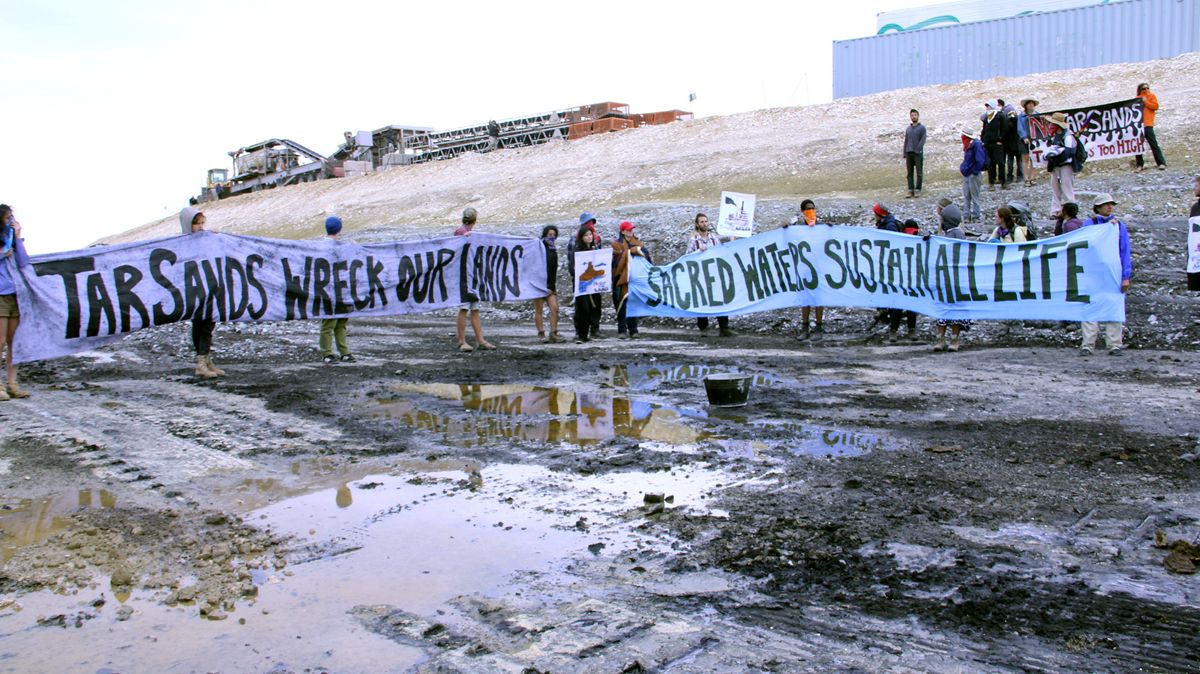
The most advanced project is the PR Spring Mine, operated by a Canadian firm deceptively, named US Oil Sands (USOS). USOS holds leases to strip mine 32,005 acres on the Green River Basin’s Tavaputs Plateau. Despite years of legal challenges and protests, USOS is promising its investors it will be commercially producing oil by 2016. The company is already in the early stages of mining: building roads, bulldozing the land and installing new processing machinery. Munger was arrested on site in June for replanting the strip mine—part of a series of mass protests by Canyon Country Rising Tide and others.
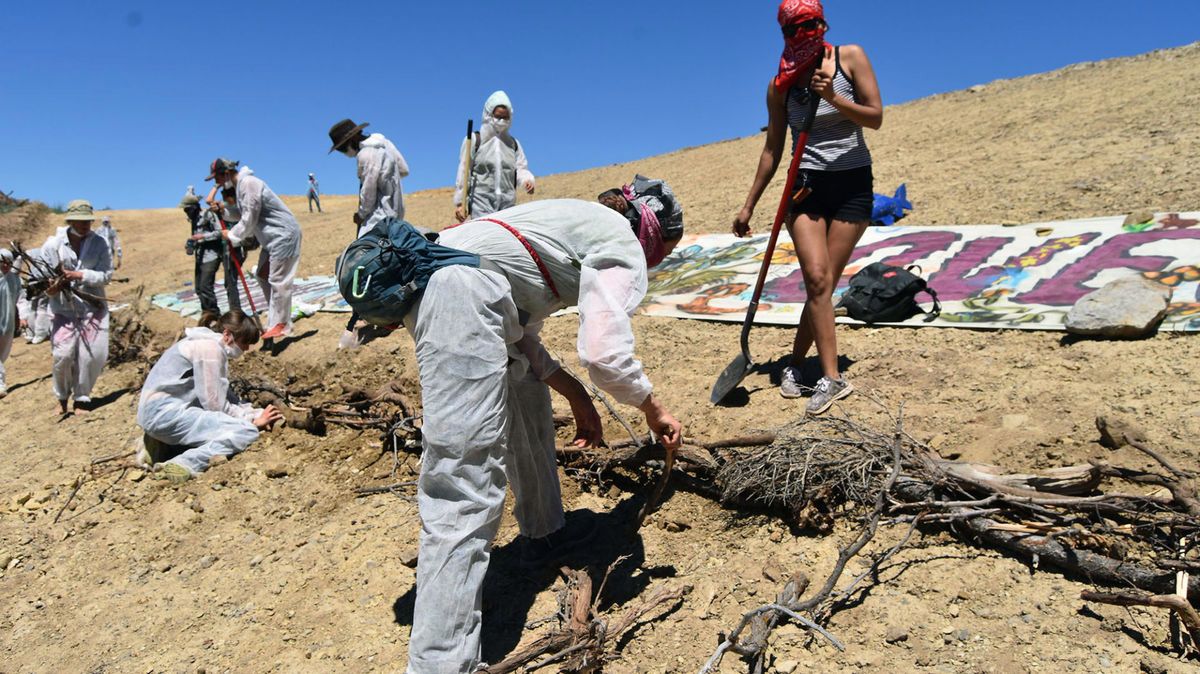
As usual, the industry will externalize its costs by destroying the global climate and privatizing America’s water, air and democracy. USOS’s billion dollar swindle is a windfall for the Canadian company and a suicide pact for the planet. Tar sands oil requires enormous energy inputs to extract, refine and transport, all while destroying complex, carbon-sequestering ecosystems. Even as it hastens the overheating of our climate, Green River Basin’s oil developer will also destroy a waterway that is vital to the future survival of this thirsty region. The mines are located in the headwaters of the Green and Colorado Rivers, which supply more than 40 million people with drinking and irrigation water.
Tar sands mining requires 1.5-4 barrels of water for every barrel of oil produced. Oil companies mix this water with solvents to separate the bitumen and then discharge a witches’ brew of toxic chemicals onto the soils without even a lined pit.
The extracted bitumen must then be further processed and refined. The likely venue for that filthy enterprise is Salt Lake City, where a string of refineries already process bitumen from the Canadian tar sands mines. Salt Lake City currently has the worst seasonal air quality in the world.
OSTS development produces over three times the greenhouse gas emissions of regular oil because it requires vast chemicals and energy inputs to create liquid oil. Reckless industry and political leaders hope to supply this extra energy from fracked gas, coal or nuclear power from the recently proposed Green River Power Plant. Thus, we have all four horsemen of the apocalypse—oil, gas, coal and nuke—converging in a kind of Armageddon offensive on the Colorado Plateau.
Last Rush for the Wild West: Tar Sands Mining in #Utah http://t.co/WsmEBXgopC @tarsandsRESIST pic.twitter.com/4IlP6KSx5M
— EcoWatch (@EcoWatch) August 5, 2015
These dinosaur industries require vast public subsidies to make a profit. In a classic example of socialism for the wealthy, Big Oil’s fawning toadies in the Utah state legislature will dutifully rob public monies intended for environmental protection to fund a massive corporate welfare program for petroleum tycoons. Unctuous “Beehive State” politicians have already shanghaied funds intended for environmental mitigation and diverted them toward building the oil industry’s stairway to heaven.
The Utah Community Impact Board was created to help communities remediate the destructive legacies of oil, gas and mining. This money was appropriated so that damaged regions could transition away from fossil fuels and remediate damage from pollution. Instead, shameless Utah politicians are using the funds to further entrench a dying industry by paying for haul roads, power lines and other infrastructure required solely for extreme energy extraction, including, believe it or not, export terminals for tar sands oil in Oakland, California.
Utah has pillaged the fund to pay $86.5 million of public money in order to upgrade Seep Ridge Road, the oil road to the PR Spring tar sands mine, into a paved highway, so that its toxic bitumen can roll into Salt Lake City in style. Now the oil giants are asking the taxpayers to fork over another $150 million of public money to connect that road to 1-70. The carbon titans consider this road their “Stairway to Heaven”—a publicly funded highway that will allow them to liquidate the incomparable Green River watershed for cash.
In contrast, local environmentalists, ranchers, hunters and the elected Grand County Council consider the project to be the region’s “Highway to Hell.” They have fought it successfully for more than two decades, but during that period, Utah’s political leaders have increasingly become sockpuppets to the carbon cronies. Now oil’s pet politicians are trying to override local consent in order to subsidize the extraction industry.
Munger told me that the extractive industry has near total control of the Utah legislature due to massive political payoffs and kneejerk support for virtually any dirty energy development among Mormon populations in the rural counties.
“The Mormon Church has a long history of good stewardship and a cooperative humane style of capitalism,” laments Munger. “The Mormon holy books are chock filled with nostrums requiring that the faithful act as caretakers for the Earth’s future generations.”
He explains, however, that in recent years, “industry money propaganda has helped spread the proliferation of Dominion Theology,” a perverse strain of Christianity that absolves individuals from caring for the Earth or taking any responsibility for future generations. As the bard taught, “Satan can cite scriptures for his own purposes.”
In Utah, big oil and gas crooked politicians are not just stealing our purple mountain majesty, they are corrupting our democracy, our religion and stealing our future!
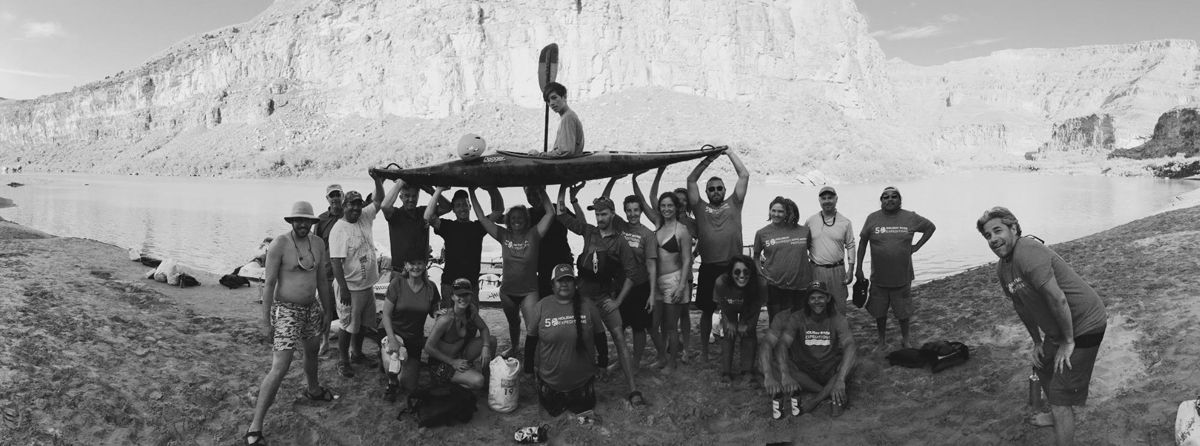

 233k
233k  41k
41k  Subscribe
Subscribe 